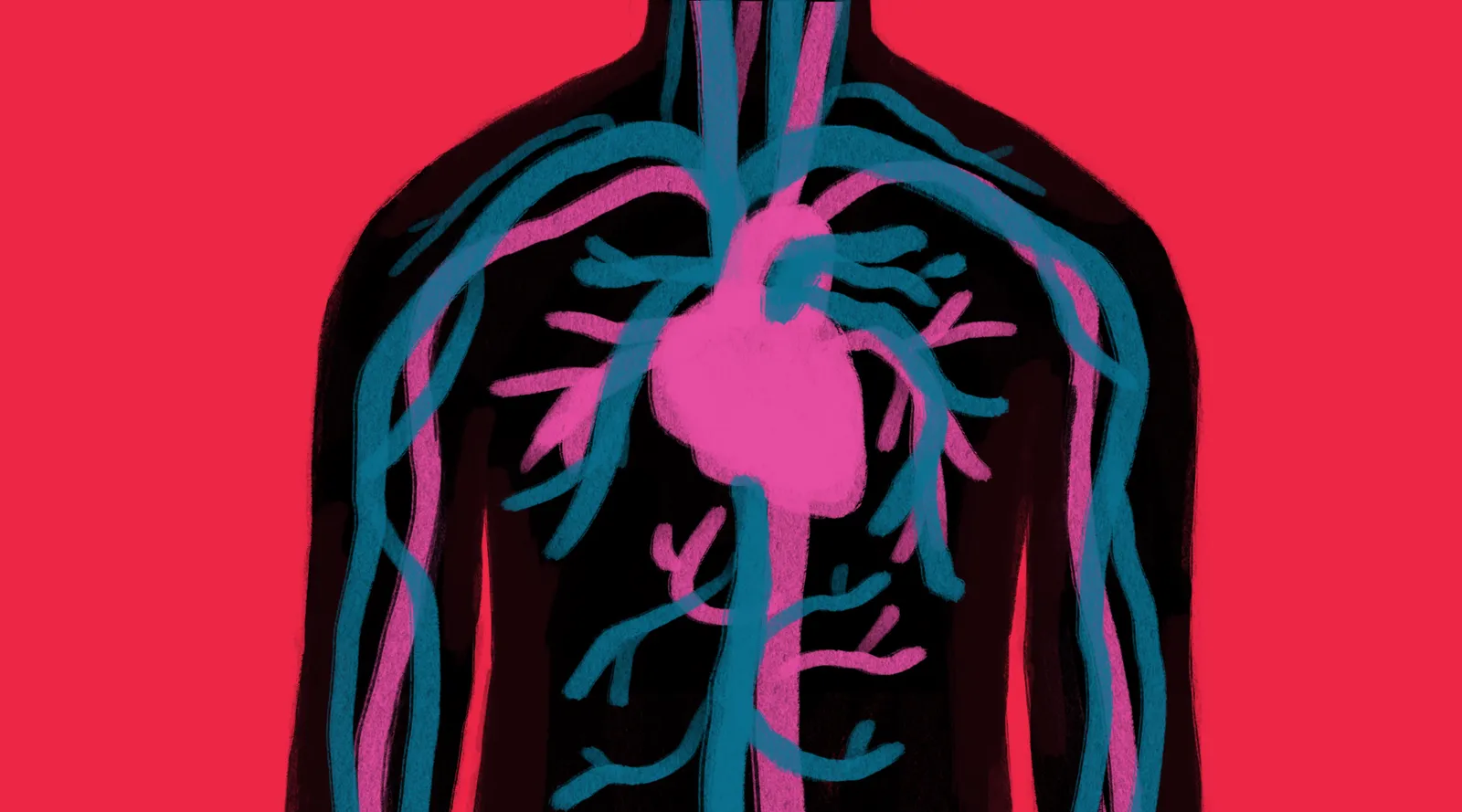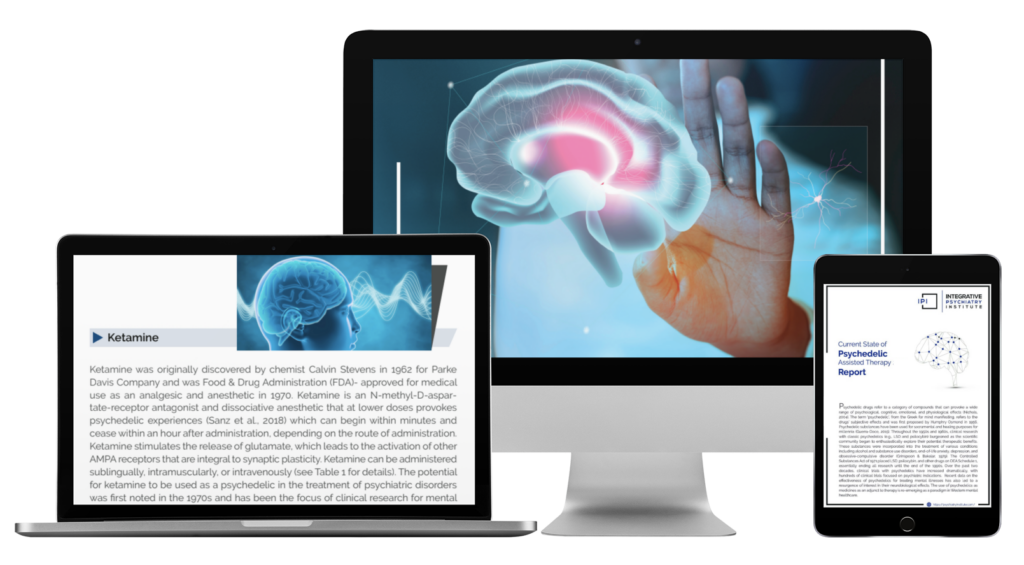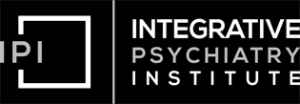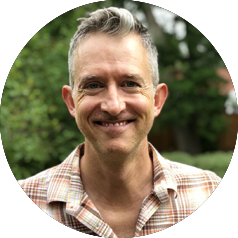
Integrating Nature Therapy into Practice
So what does “prescribing nature” look like? That will depend on the client, context, and treatment goals set forth. In general, one weekend away camping has been shown to dramatically improve circadian rhythms by syncing natural light/dark cycles; as a bonus, folks report less screen time while camping. Camping will provide more exposure to sunlight, changing weather patterns and temperature (heat/cold cycles), environmental microbes, and natural compounds released by plant life. In addition, camping also offers therapeutic elements for the psyche, such as space (try and take up all the space in nature), time (slowing down to be in the present moment), multiplicity (there is so much diversity integrated, mirroring our many parts), and metaphor (the flowing river, the blossoming flower, and more).
While camping might be an ideal “prescription,” it is not always feasible for or accessible to everyone. Adapting a nature prescription for each client’s tolerance, abilities, and access is essential. Sitting at the local park for an hour three times per week, experimenting with sitting on the ground or in contact with nonhuman life may do the trick. It is even possible that something as simple as visualizing a favorite nature spot while meditating–and really imagining the sights, sounds, smells, and feel–can regulate the nervous system, slow breath, and lower blood pressure.
Adaptable options for nature prescriptions are listed below.
1. Greet the sun: Suggest going outside to watch the sunrise. This simple act will allow sunlight exposure on the skin to promote vitamin D synthesis and will stimulate sensors in the eye that regulate circadian rhythms.
2. Personalized outdoor plan: Develop personalized plans that encourage clients to spend time outdoors, tailored to their interests and abilities. Activities might include walking, picnicking in a park, playing sports, or tending to plants (e.g., gardening)—but really, almost any activity can be modified for the outdoors! Just spending time at a green space (like a botanical garden) or blue space (like the beach) as an adjunct therapy seems to be sufficient to boost health. Exercise is obviously a very powerful intervention for cardiovascular health, and exercising in nature only increases these benefits.
3. Nature-based mindfulness practices: Encourage clients to explore practicing mindfulness in natural settings. Techniques such as meditation (sitting or walking), breathing exercises, listening to music, or practicing yoga outside might enhance the benefits of nature exposure by bringing awareness to the present moment’s care practice, a psychologically calming experience. If this is not an option, visualization techniques might be really helpful here.
4. Education of thermal therapy: Inform clients about the cardiovascular benefits and risks of saunas, hot baths, and cold showers. Make sure clients are cleared by a medical doctor and help provide guidelines on how to safely incorporate these practices into their routine.
5. Forest bathing: If possible, encourage regular visits to forested areas. Clients who spend time in nature-rich environments will be exposed to the natural chemicals released by plants, such as phytoncides, and environmental microbes. A bonus of this type of prescription is the psychological relaxation effect of the forest.
Conclusion

Prescribing nature is a free, adaptable, and holistic approach to prevention and treatment of cardiovascular disease. Reconnecting with nature provides both physiological and psychological support that inevitably plays a role in maintaining a healthy heart.







